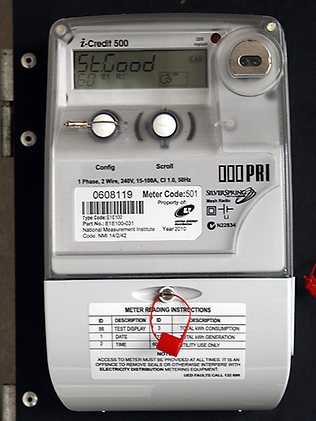Everyone is talking about it, but what actually is what is Demand Response?
The electricity network (the “Grid”) is characterised by base load demand, intermediate demand and peak demand. Peak demand determines how much money the utilities have to spend on infrastructure in order to keep up with ever increasing peak demand loads. (The increase in peak demand load is partially driven by climate change and the resulting increase of air conditioner use).
Increasingly, utilities try to encourage or even force large users of power to reduce their demand in periods of high demand. This can be, for example, asking a smelter to stop operating for a few hours. Usually, a financial incentive is paid. In the future, it could be asking householders to turn off their pool pumps and set their aircon thermostat to a higher temperature. Again, this request will come with some form of financial compensation. In the end, reducing peak demand is much cheaper for the utilities than upgrading the network!
Once everyone is on a smart meter, this can become reality. “Smart” thermostats or switches can already be purchased. A smart thermostat or switch would receive a signal from the smart meter and automatically turn the thermostat up by, say, 2 degrees C. Or automatically turn the pool pump off.
Householders with excess solar power or battery storage will be able to trade some of their energy (kWh produced or stored) for money. Trading platforms such as “Reposit” are already in operation, however participating in the spot market for electricity comes at a cost. If you have a smart meter and a large solar system with excess power during peak demand times (usually late afternoons/ early evenings), or a large battery, check it out – there may be money to be made.
What are smart meters?
Smart meters do look very similar to other TOU (Interval) meters – they can be spotted easily because of an antenna for the mobile data network (3G or 4G), usually a short rod of 3-5cm length connected. Smart meters only work in locations where at least one bar of 3G signal is available. Some modern smart meters installed in locations with good mobile phone signal may not have an external antenna.
They work in both directions, allowing for automatic meter reads (every 30 minutes) and accepting and processing requests from the network operator. In bush fire situations, for example, a smart meter can be instructed to cut all power to properties in the path of the fire.
Smart meter data can be viewed by the householder via a web portal – contact your retailer to arrange access. A smart meter will allow you to view your energy consumption in 30 minute intervals, or even shorter.
Some people are concerned about EMR radiation from smart meters. We believe that anyone having Wifi in their house is kidding themselves. The EMR radiation coming from WiFi is many magnitudes larger. In fact, the smart meter signal is directed away from the house and is roughly of the same strength as your mobile phone would emit. It’s pulsed, too, not a continuous signal.
Unless you are sensitive to EMR, we believe that a smart meter will be safe to use.
Due to the high demand for smart meters since December 2017 (when they became mandatory), there may be delays for new solar installations, resulting in completed installations that cannot be turned on because the meter has not arrived yet . We know of many customers that are not happy!


